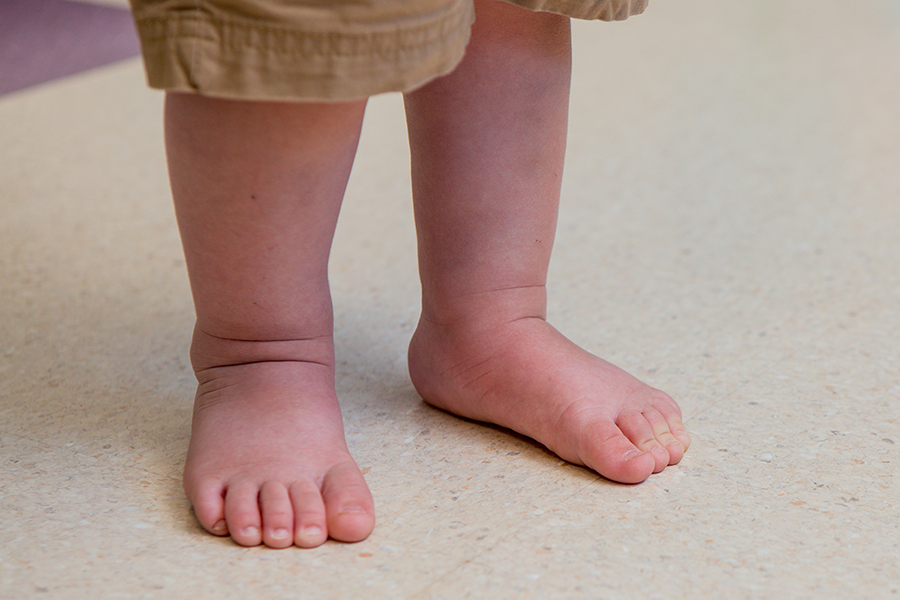7
Dec
2017
Why Isn’t She Walking Yet? – Hypotonia Answers

“Why isn’t she walking yet?”
For parents of kids who have hypotonia, few questions are more difficult to hear. It only gets worse as more months fall off the calendar. And the implications are hard to ignore:
- What else can’t she do?
- What’s wrong with her?
- Why isn’t she normal?
But people on the outside don’t see everything. They miss all the time, tears, sweat, hard work, and therapy appointments that go in to even the tiniest victories.
So next time you hear that question, here are a few simple ways you can answer:
“Her hypotonia causes instability.”
Kids with low muscle tone are often compared to ragdolls. They’re “floppy.” This makes standing and taking steps is extra difficult. Eventually, kids learn to work within their own limitations. It just takes time.
“She gets tired more quickly than other kids.”
Hypotonia is exhausting. It’s as simple as that. Low tone muscles are forced to work overtime, all the time. Progress still happens, it just takes extra time and extra work.
“Her ankles pronate.”
Pronation (also called flat feet) is a common symptom of low tone. The ankles collapse inward, causing arches to disappear and forcing kids to walk on the inside part of their feet. This makes bearing weight and taking steps more difficult.
“She’s getting better every day.”
One inchstone at a time. That’s a common mantra among hypotonia parents. Progress won’t always be easy to notice. It’s rarely quick or on schedule. But every day is a chance to steadily move towards that next milestone. Just keep going.
“Her orthotics are like training wheels.”
Surestep SMOs add stability, help strengthen the right muscles, and keep her body in proper alignment. These “training wheels” make it easier to practice walking. They won’t be needed forever, but they’re a big help at the time.
Learn more about Surestep SMOs

